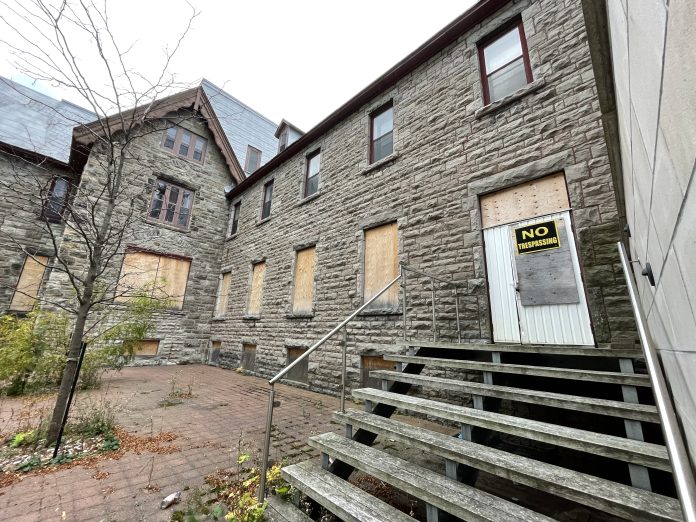By Dave Allston
Heritage in Ottawa has always been an imperfect system. The first federal and provincial policies arrived too late to save many early landmarks.
Ottawa, like most of Ontario, has a designation review system that is almost exclusively reactive rather than proactive. It is not until a building is threatened for demolition where often a last-minute push is made by the community to save that structure. Designation is then usually fought against by the owner, for there is unfortunately little incentive to heritage property ownership.
It’s a defective process which has already led to the loss — and ongoing deterioration in many cases — of a large piece of Ottawa’s cultural heritage. It’s only about to get worse.
As the Kitchissippi Times turns 20, we can look back two decades and clearly see how the community has evolved significantly. Gentrification and development can, in carefully-managed doses, be a very good thing. However, in some ways, it has happened too quickly, and is too wide-sweeping. As the desirability and real property values in these neighbourhoods have increased substantially, it has come at a cost – the loss of neighbourhood character.
Houses which stood in 2003 were the same ones that had been built 75 or 100 years prior. These houses were each unique and told the story of a neighbourhood from its earliest days. Grandparents’ houses could be pointed at as they still stood down the street. The grocery store Dad worked at in the 1950s was still there.
The last 20 years have seen a massive shift in Kitchissippi in this way. Mom and Pop shops have disappeared in great numbers. Older houses, many of them still in excellent condition, are being bulldozed for large homes that are maximized by eating into precious greenspace. These new builds stick out like a sore thumb.
Fast-forward 20 years and it’s the older houses that now stick out in many cases. The days where a young adult would buy a home in the neighbourhood they grew up in are gone, the area no longer affordable. The multi-generational connection to a Westboro or Mechanicsville has been severed.
The Ontario government passed Bill 23 last fall (the More Homes Built Faster Act), which on the surface helps address an undeniable desperate need across the province: more housing. The Bill promises to deliver 1.5 million homes by 2032, achieved by making critical changes to the province’s land use planning system, including changing zoning restrictions, development fee reductions, and, concerningly, major changes to heritage building designation.
Under the Ontario Heritage Act, anyone can request the designation of a property. Typically it is from a community association or individual concerned about the future of a building. Rarely does it come from the owner of the house themselves, for obvious reasons. Aside from the pride of owning a heritage property, the property owner receives little incentive.
Ottawa lacks inducements for heritage homes, such as renovation grants, planning incentives or rebates on property tax. Yet owners must deal with formal City staff reviews of any major exterior renovations, additions or demolition applications. Important and necessary to ensure preservation of heritage elements, but a thorn to heritage homeowners.
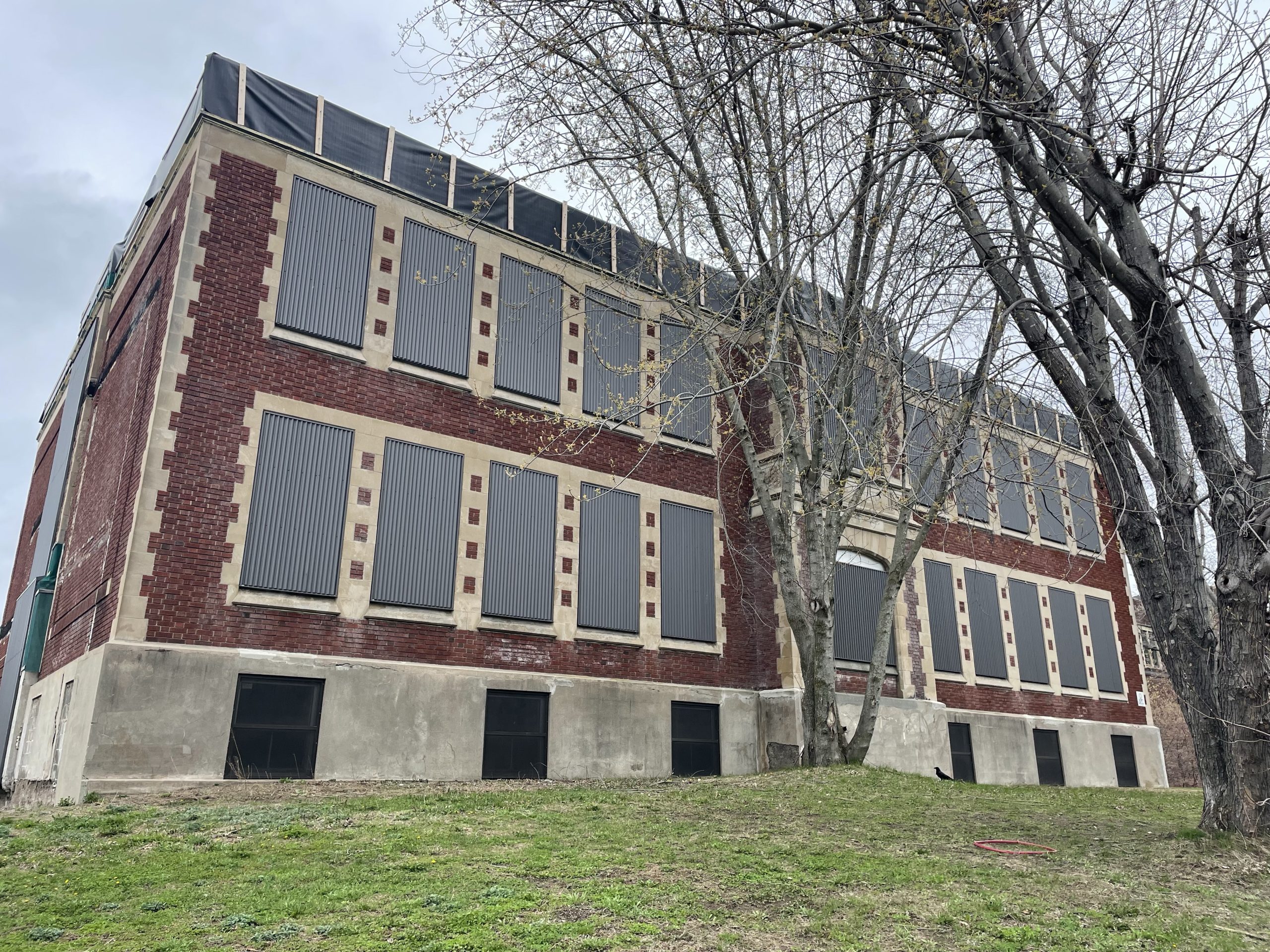
Kitchissippi has only 29 designated heritage buildings (33 if you include the four federally-designated buildings at Tunney’s Pasture). In an area deeply-rooted in history dating back to the mid-19th century, this is insufficient.
What’s worse is that many of these 29 buildings are being blatantly neglected.
The original Broadview Avenue School sits boarded up and beginning to crumble. The 1864-built Soeurs de la Visitation Monastery building on Richmond sits in even worse condition as its developer-owner awaits the day where a demolition permit will be approved due to its condition.
The heritage designation helps prevent the premature demolition of these buildings, but these structures highlight the flaw of heritage in Ottawa. Designations were sought late in the game, after new development plans were established. The developers had no plans for these buildings, the designation came even as a surprise in some cases (such as the Champlain Oil station at Island Park and Richmond).
In the federal government, once a building hits 50 years of age, it must automatically be reviewed by the Federal Heritage Buildings Review Office. It either receives designation, or if deemed to be not of heritage value, the department can renovate, sell or demolish without worry of a surprise designation. Municipally, things work backwards.
The City has had a tool to work with though, but thanks to Bill 23 it will now work against them. A “Heritage Register” is maintained by most municipalities in Ontario, where properties of potential heritage value are listed. Being listed on the Register Is far from a designation. In fact, it really is no different than being on no list at all – except that a demolition request will go through a 60-day review, rather than the usual 30 days.
Five years ago, the City put in an impressive amount of effort into building up this list as best it could. The Register now stands at 4,600 buildings citywide, including nearly 400 in Kitchissippi.
However, Bill 23 now forces the issue. The Bill states that, if a house appears on the Register for two years and has not received full designation, it shall come off the Register and be exempted for heritage designation for five years (when it would be eligible to be re-added to the Register for a new two-year term). Thus every one of the 3,800 buildings on the Register will become exempted on January 1, 2025 and can be demolished, and there will be nothing the City or anyone can do about it.
As a result, City staff and local residents are now in a mad scramble to identify and designate worthy buildings. In the past, the City might designate a dozen buildings a year, if that. There was already a backlog. But now the clock is ticking, and limited city staff are being asked to do the impossible, in researching, presenting and approving a large number of worthy proposals that are desperately being submitted.
The list of deserving non-designated properties in Kitchissippi is staggering. You likely will be surprised at many: St. Francois D’Assise Church; the old St. George’s Boys Home on Wellington (now Holy Rosary Church); Abbeyfield House on Parkdale; the Vachon house in Mechanicsville; the original Stewart family farmhouse on Granville; the Westboro Masonic Hall on Churchill; the first merchant shop on Churchill; the former Richmond Road tollkeeper house on Wellington; and the original Hintonburg fire station on Fairmont. Those are just a few.
(Watch below as Dave Allston gives us a tour of some historic Kitchissippi properties worthy of heritage designation).
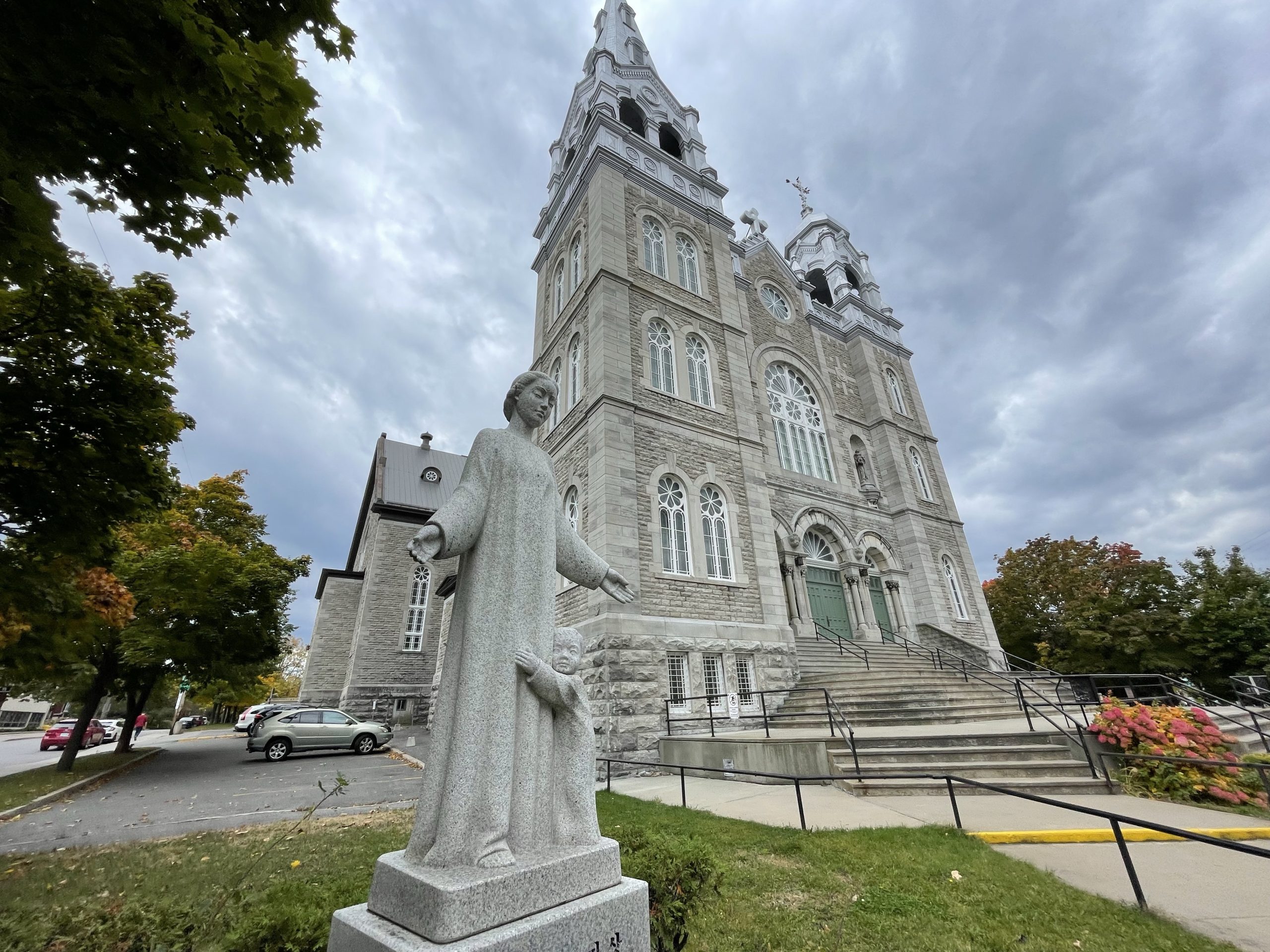
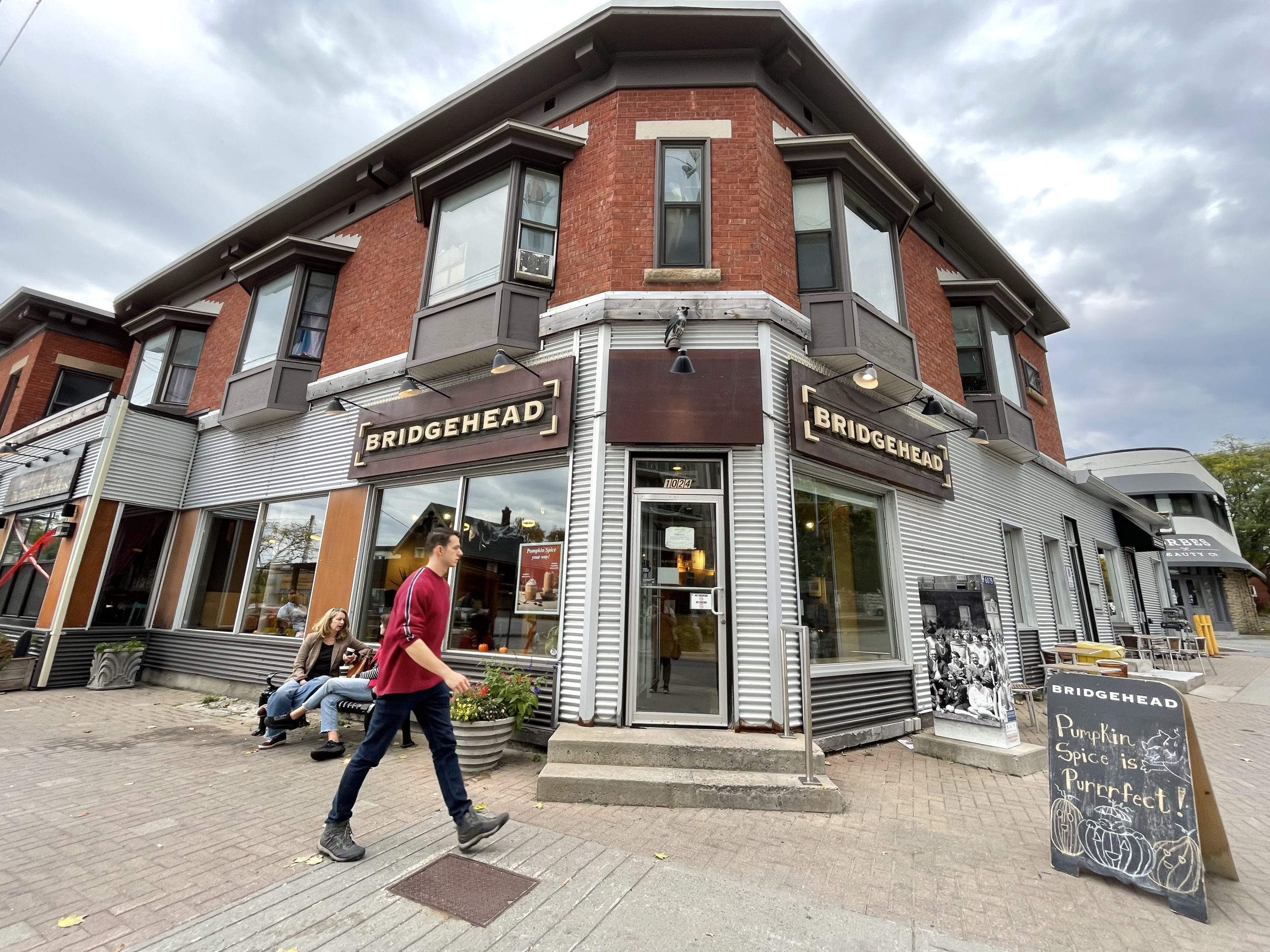
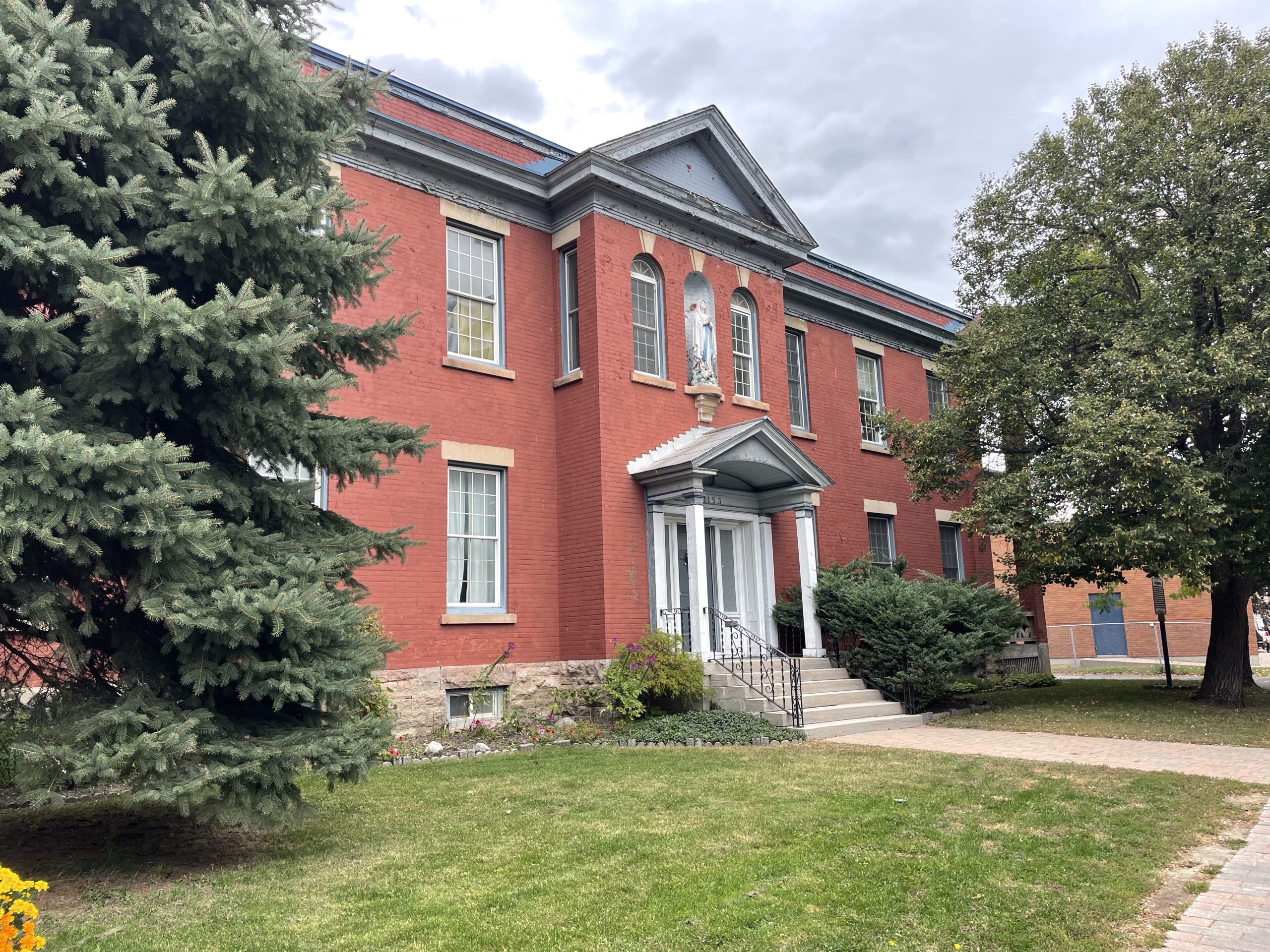
Think of these spaces yourself if you were to walk down Wellington Street, Richmond Road, or through your local neighbourhood, and suddenly those buildings would be torn down and replaced by something else. What would you miss the most? Why would you miss them? Would you miss that connection to previous generations of our neighbourhood’s residents?
I love that I can walk up and touch the wall of the Monastery on Richmond Road and know this was the same wall that Hon. James Skead and later George Holland called home in the 1800s. I love that I can look in the front door of Nepean Town Hall on Richmond and picture Township Clerk Frederick W. Harmer at work in the 1890s.
We don’t have to save everything old. That’s not the spirit of heritage designations. But we need to save those which are important, that are a representative sample of the history and heritage of our community. Our most special buildings are community cultural assets that when they’re gone, they’re gone. They can’t be replaced with a plaque or a photo.
Some would argue, ‘What’s the point of heritage? Out with the old, in with the new.’ And that’s fine. However, there are also those who don’t have kids and don’t care if Elmdale closes. Or who don’t go to church and see no value in them. Or who don’t eat sushi and could care less if that new restaurant closes down. However, these elements are what make a community rich in diversity and character. Our old buildings help tell the story of where we’ve come from and the people who have lived here before us.
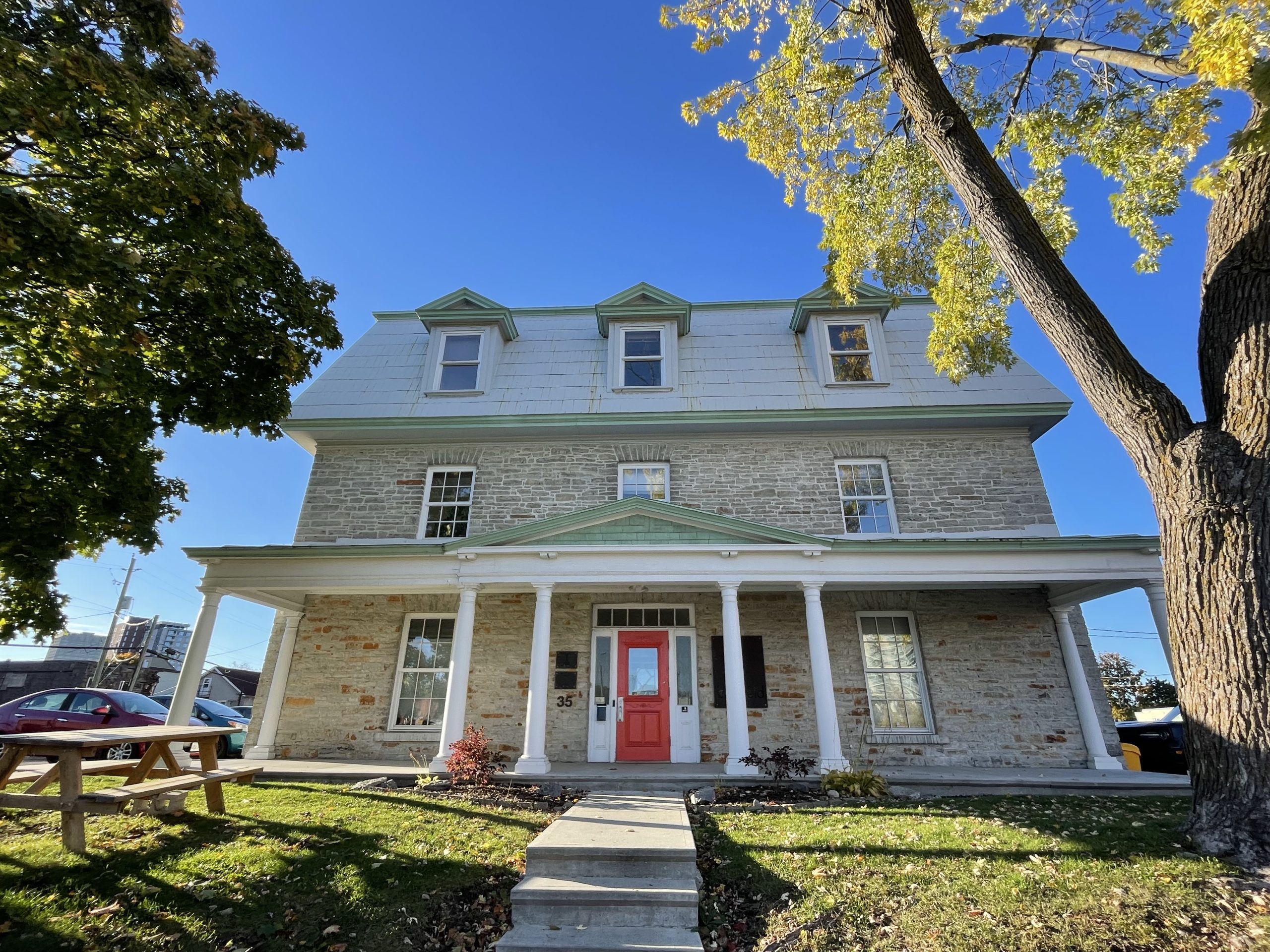
There isn’t a single designated building within the streets of Mechanicsville. In a few years, there may not be a single house left linking the past to the present. When Lorrie Marlow or I give walking tours of Mechanicsville, it isn’t the new infill houses they want to see. They want to see and hear about the Vachon’s ice-hauling business. Or about Tom Brown and his Stonehurst Avenue house overlooking a century-plus of history at Laroche Park. Or the old River View Hotel and its colourful history.
What happens to those stories and this history when the buildings disappear? What happens to the character of Mechanicsville when that character has mostly been taken away in a dump truck?
The 20th anniversary of KT is worth celebrating because we are celebrating an institution for our community that is under threat. The local newspaper provides local-level news and people coverage, but more and more community papers are being closed down. This type of community connection will be irreplaceable if ever lost. Sounds a lot like the houses we may lose too.
